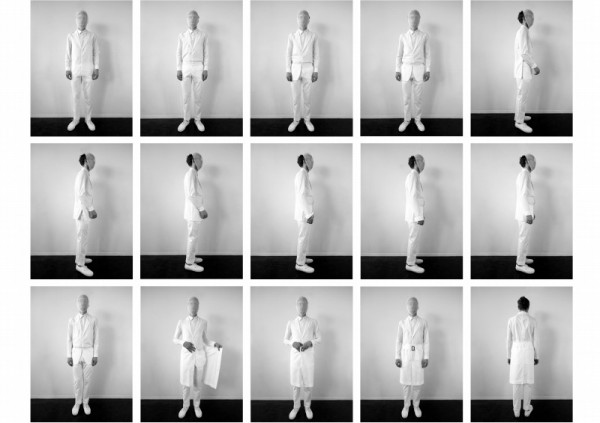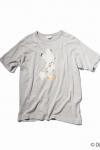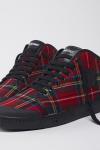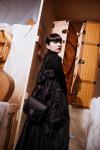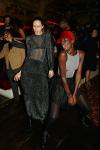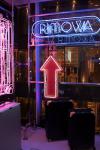“My work is about the idea behind it – the concept and philosophy. They start from my experience and thoughts and I visualise them through garments.”
-How did you get into fashion in the first place? What made you want to become designer?
I think I was naturally drawn to fashion from my teens. In school, I had to wear uniforms and that always made me have a desire to differentiate myself from others.
-Tell me a bit about ITS#Eight. Why do you think you could win ITS#EIGHT Fashion Collection of the Year? And How was the response after that?
I didn’t expect it too much. I think people appreciated the conceptual aspect of my work. After winning the competition, I had great opportunities to share my thoughts and attitude towards fashion by meeting a lot of people and doing interviews, which gave me a voice.
-Tell me a bit about the RCA. What was it like studying there? Why did you chose there to study?
I worked for a Korean menswear brand as a designer after graduating from college. And at some point in my career, I felt I needed some time for developing my own work and presenting myself to a broader audience. Normally fashion schools have a specific style and they make students go to that direction. RCA has a more self-focused education system so I thought it’s the best place to develop my own work. I spent the two years there trying out and exploring ideas about clothes and fashion. I tested if my conceptual ideas can be constructed to create actual garments, developing my thoughts about boundaries and new ways of making clothes.
-What are the source of inspiration in your fashion and graphic design?
My work is about the idea behind it – the concept and philosophy. They start from my experience and thoughts and I visualise them through garments.
-How would you describe your customer?
I’d like to use the word ‘audience’ rather than ‘customer’ because I’m trying to find ways to present my work in a different context. My audience may be the people who strive for new possibilities of fashion.
-Do you view fashion design as a means of expressing yourself?
Yes but not in a direct way. I question people’s notions and show possibilities of diversions. It is a way of communication with people and it reflects my thought and opinion.
-What are the difficulties faced being a designer today?
Dealing with people’s preconceptions because today’s fashion is mainly conceived as commodities.
-Is there any designers or person that had a strong influence of your work?
The Japanese artist On Kawara. I was impressed by his work in that it is integrated with his life and experience.
-Do you find Korean roots in your design?
I analyse the traditional codes of men’s dressing, both back in Korea and UK. My graduate collection at the Royal College of Art was inspired by the regulation culture I’ve experienced during school and in the army back home.
-What do you place the most emphasis on in fashion design?
Continuity. An idea should be demonstrated through solution. It’s like problem-solving.
-Why did you choose menswear?
I think menswear is commercially less competitive so there’s more space to develop a profound concept and process.
-What are the most important factors when you approach your work?
Quality and integrity. Today’s fashion is driven by images. If designers only concentrate on creating great “looks” – something that can be recognised from the surface. But for the same reason, quality of individual garments can be ignored. I appreciate the beauty of craftsmanship.
-What is your vision for the future?
I wish to create a new kind of fashion experience and make people enjoy it. It’s about opening up people’s vision. In a way, fashion design is intellectual entertainment.



